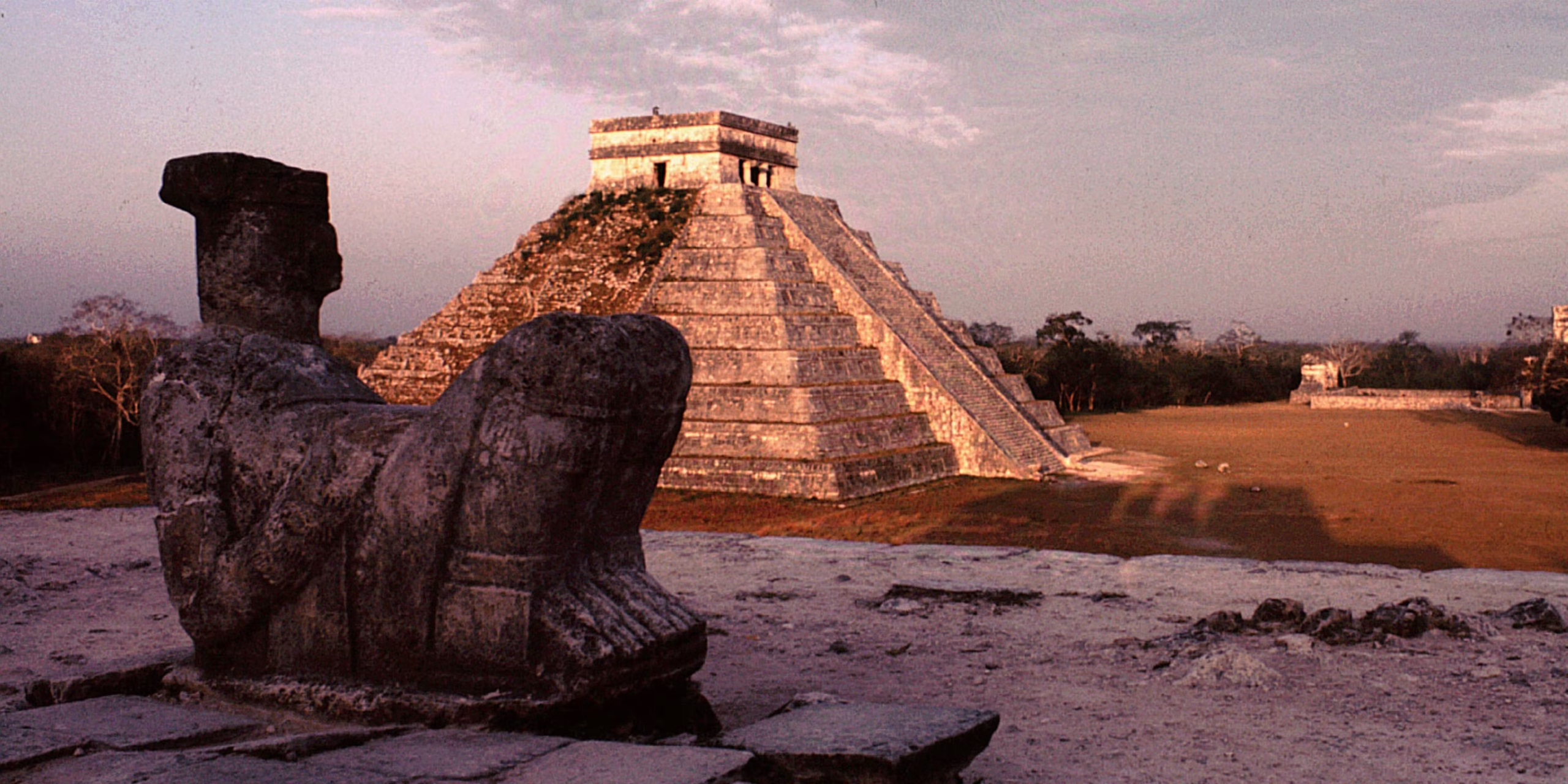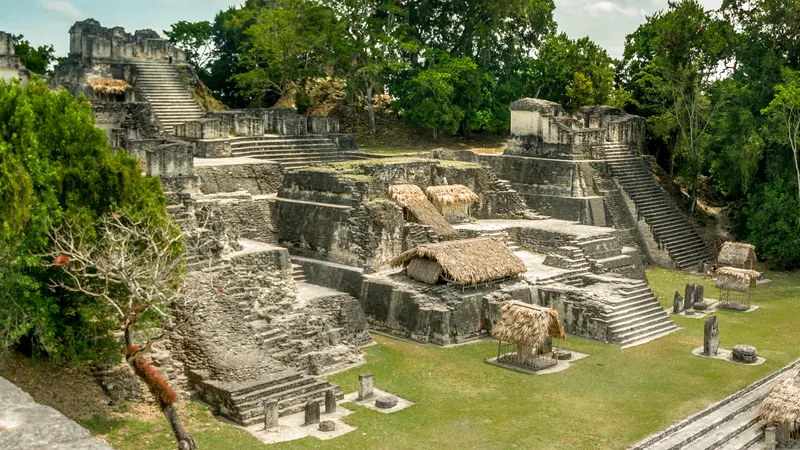Introduction: The Ancient Medical Marvels of the Maya
The Mayan civilization, known for its architectural wonders and astronomical knowledge, also made significant strides in the field of medicine. The Maya’s healing practices were far ahead of their time, combining spirituality, herbal remedies, and surgery to address physical ailments and spiritual well-being. These ancient innovations not only provide insight into the Mayan worldview but also laid the foundation for many medical practices we use today.
In this article, we will delve into the Mayan innovations in medicine and healing, exploring their contributions to herbal remedies, surgical techniques, and how their traditional medicine continues to influence modern healthcare.
The Role of Spirituality in Mayan Medicine
Mayan medicine was deeply intertwined with their spirituality. The Maya believed that illness was not only caused by physical factors but also by spiritual imbalances. Thus, healing was considered a holistic process that involved both the body and the spirit. Healers, or “curanderos,” played a crucial role in diagnosing and treating physical and mental ailments through spiritual rituals, prayer, and ceremonies. Shamanistic healing was a common practice, where the healer would often communicate with spirits to identify the root cause of the illness.
These practices are indicative of the Maya’s holistic approach to health, emphasizing that true healing involves restoring balance to both the mind and body.
Herbal Remedies: The Foundation of Mayan Medicine
One of the most notable innovations of Mayan medicine was its extensive use of herbal remedies. The Maya had an in-depth knowledge of the local flora and used it for everything from pain relief to treating infections and wounds. Their use of plants such as Chaya (the Mayan spinach), Cacao, and Neem was widespread, and many of these herbs are still used in modern medicine.
Key Herbs and Their Uses:
- Chaya (Cnidoscolus aconitifolius): Known for its high nutritional value, Chaya was used by the Maya to treat high blood pressure and enhance digestion.
- Cacao (Theobroma cacao): Beyond being a prized food, cacao was believed to have medicinal properties, used to treat headaches and improve cardiovascular health.
- Neem (Azadirachta indica): Used for its antibacterial properties, Neem was a common treatment for skin conditions and infections.
- Sarsaparilla (Smilax spp.): Used as a tonic, this plant was believed to purify the blood and treat various skin ailments.
These herbal remedies not only showcase the Maya’s knowledge of local plants but also their deep understanding of the human body and its relationship with nature.
Mayan Surgical Techniques: Cutting-Edge for Their Time
While the Maya are often remembered for their spiritual and herbal healing, they also excelled in surgical practices. Evidence suggests that Mayan healers performed complex surgical procedures, including trepanation (the act of drilling or scraping a hole in the skull), to treat head injuries and alleviate pressure from brain trauma.
Trepanation: A Revolutionary Surgical Practice
The process of trepanation in ancient Mayan society is considered one of their greatest medical achievements. Archaeological findings have shown that the Maya successfully performed this procedure, with patients often surviving the operation. Healing was aided by the use of herbal medicines and spiritual rituals, ensuring both physical recovery and spiritual well-being.
Mayan Dentistry
Another innovation was Mayan dentistry, which included the practice of filing teeth and inserting decorative jade or shell inlays. This was not just for aesthetic purposes; it was believed that dental procedures could improve health and even serve as a spiritual connection with the gods. The Maya understood the importance of oral health long before it became a central part of modern medicine.
Mayan Healthcare: A System of Holistic Healing
The Mayan healthcare system was a mix of practical, physical treatments and metaphysical, spiritual remedies. Healers used a combination of herbs, surgical practices, and spiritual rituals to restore balance and harmony in the body. Mayan healing involved the entire community, with rituals often conducted in temples and sacred places to call upon divine assistance.
The Mayan belief system integrated the four elements—earth, air, fire, and water—into their medical practices, acknowledging that illness could arise from an imbalance in these forces. They also placed a high importance on the energy flow in the body, much like acupuncture practices found in traditional Chinese medicine.
Legacy of Mayan Medicine: Influence on Modern Practices
While the Mayan civilization may have fallen centuries ago, their medical knowledge continues to influence modern healthcare. Many Mayan herbal remedies have been researched and integrated into contemporary medicine. For instance, plants like Chaya and Neem are now widely used in herbal supplements and natural remedies around the world.
Furthermore, the concept of holistic healing—treating the body, mind, and spirit as interconnected—has seen a resurgence in modern alternative medicine. Practices such as acupuncture, aromatherapy, and spiritual healing share many similarities with the ancient Mayan approach to healthcare.
Conclusion: The Enduring Wisdom of Mayan Medicine
The Mayans were pioneers in the field of medicine, offering innovative healing practices that blend practical techniques with spiritual wisdom. From their understanding of herbal remedies to their advanced surgical procedures, the Mayans set a high standard for medical knowledge long before modern healthcare systems took shape.
Today, as we look back at the Mayan innovations in medicine, we can appreciate how their ancient knowledge continues to resonate in the modern world. The Maya’s ability to treat the body, mind, and spirit as interconnected serves as a timeless reminder of the importance of holistic health and the enduring value of traditional healing methods.





